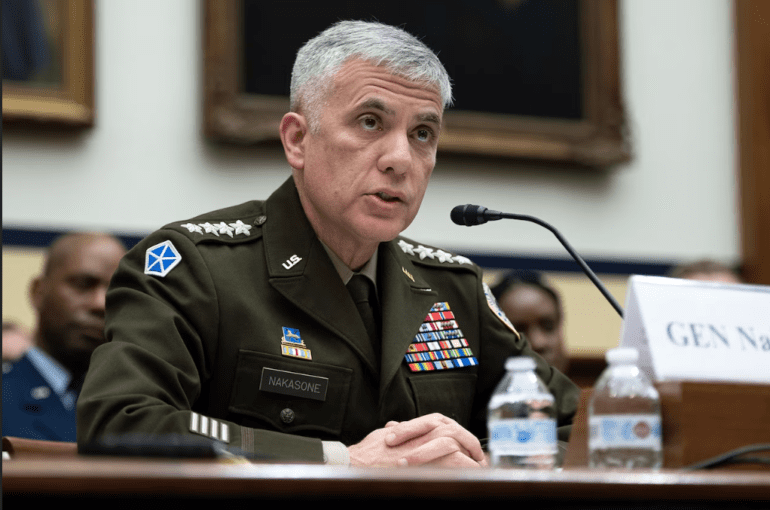TL;DR:
- NSA establishes AI Security Center to oversee AI integration in national security.
- The center aims to develop best practices, evaluation methods, and risk frameworks for secure AI adoption.
- Collaboration with U.S. industry, national labs, academia, DoD, and foreign partners is emphasized.
- Recent U.S. strategies highlight the increasing role of AI in national security.
- AI Security Center safeguards against adversaries co-opting AI advancements.
- The center focuses on AI security, addressing vulnerabilities and countering foreign threats.
Main AI News:
In a strategic move to fortify the nation’s cyber defenses, the National Security Agency (NSA) has taken the decisive step of establishing the AI Security Center. Army Gen. Paul M. Nakasone, Director of the NSA, unveiled this groundbreaking initiative, positioning the agency at the forefront of AI integration within U.S. national security systems.
The AI Security Center has a clear mission: to spearhead the development of best practices, robust evaluation methodologies, and risk assessment frameworks. These endeavors aim to facilitate the secure integration of cutting-edge AI capabilities across both the national security landscape and the defense industrial base.
This new entity is set to streamline and consolidate the agency’s diverse AI and security-related activities, making it a pivotal hub for innovation and collaboration.
General Nakasone underscored the collaborative nature of the AI Security Center, emphasizing its strong ties with U.S. industry leaders, national laboratories, academic institutions throughout the intelligence community, and the Department of Defense. Notably, the center will also engage with select foreign partners, fostering international cooperation in the realm of AI security.
Nakasone extolled the NSA’s unique blend of talent and expertise, asserting that the agency is well-positioned to bolster the government’s endeavors in maintaining America’s competitive edge in the realm of artificial intelligence.
U.S. officials have increasingly recognized the pivotal role AI plays in shaping the national security landscape. Consequently, comprehensive strategies have been devised to harness the full potential of this transformative technology.
In January, the Department of Defense overhauled its 2012 directive governing the development of autonomous weapon systems, aligning it with the latest advancements in AI. Moreover, the department unveiled its Responsible AI Strategy and Implementation Pathway in 2020, a testament to U.S. leadership in advocating for the responsible stewardship of AI.
The U.S. has also taken the diplomatic route by introducing a political declaration outlining responsible military use of artificial intelligence. This declaration aims to codify norms governing the ethical and responsible utilization of AI in military contexts.
General Nakasone, who commands both U.S. Cyber Command and the Central Security Service, emphasized the urgency of maintaining AI leadership as the technology matures. He acknowledged AI’s far-reaching implications across diplomatic, technological, and economic domains.
While highlighting America’s current leadership in AI, Nakasone cautioned against complacency. He noted that adversaries, who have historically exploited intellectual property theft, may attempt to co-opt AI advancements and misuse them to their advantage.
To counter these challenges, Nakasone underscored the need for a clear and proactive approach to addressing both the opportunities and risks associated with AI. He stressed that AI security is about safeguarding AI systems against misuse, ensuring a robust understanding of vulnerabilities, and countering foreign intelligence threats.
Conclusion:
The launch of the AI Security Center by the NSA signals a pivotal step towards ensuring the secure integration of AI within the national security domain. With a strong emphasis on collaboration and responsible development, this move underscores the United States’ commitment to maintaining its leadership in AI, which is poised to have far-reaching implications across various sectors, including defense and technology. It reflects a proactive approach to protect against potential adversarial exploitation and to foster responsible AI stewardship in an increasingly AI-driven world.

